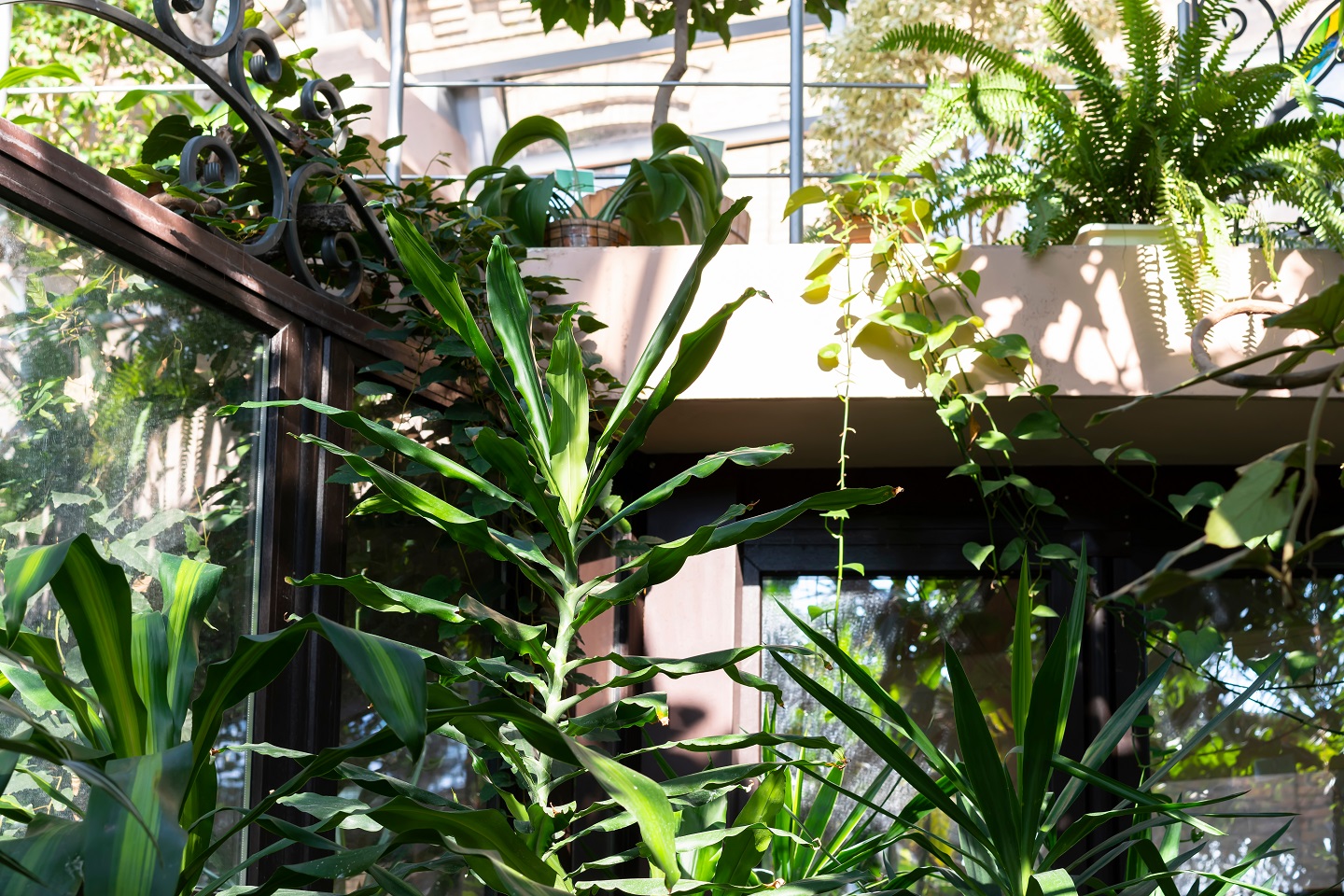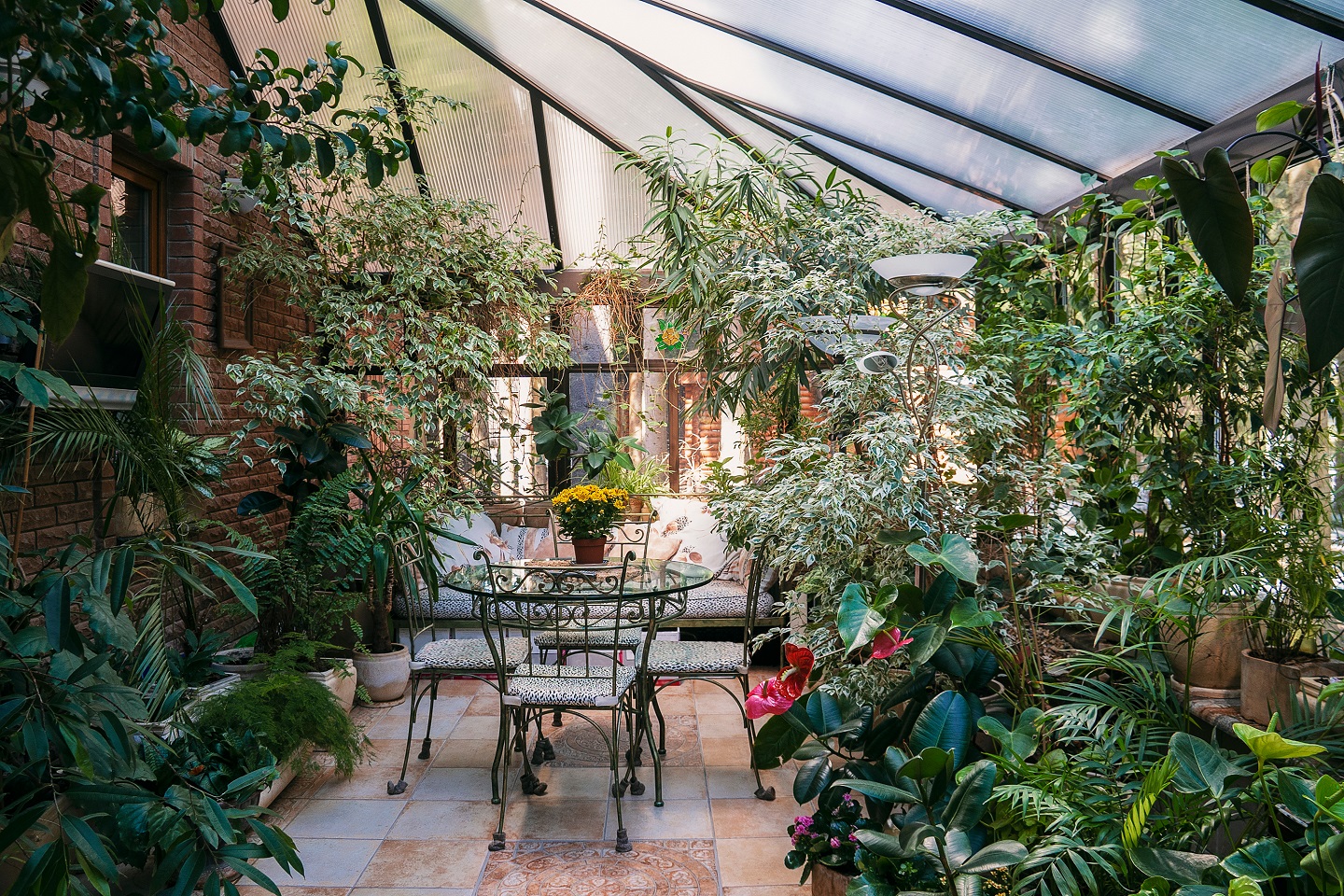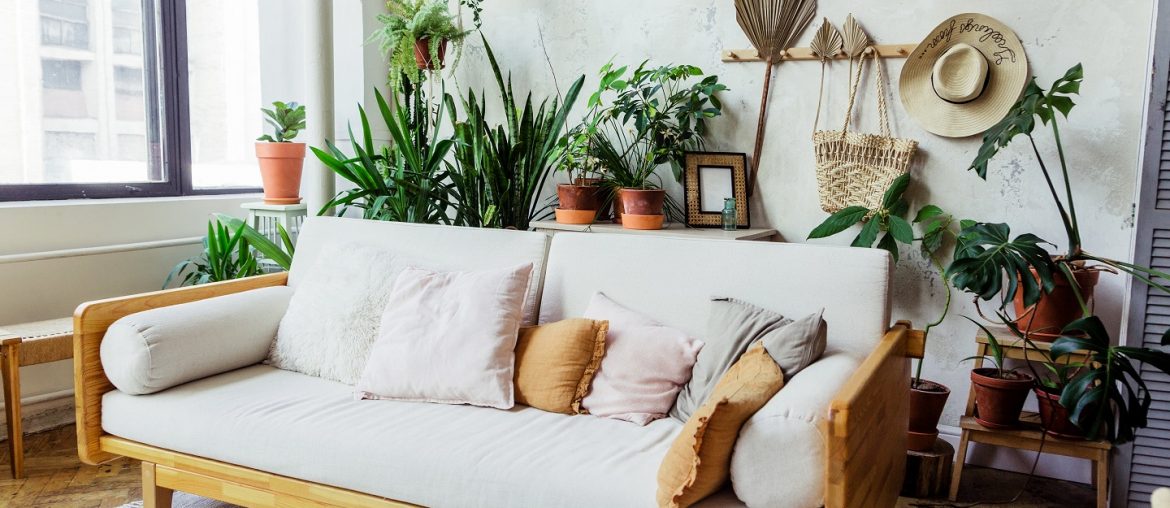How do you feel about going for a hike in the mountains or a run by the beach? Do you feel relaxed or at ease when you are close to nature? Is it true that spending a few minutes outside improves your mood? Then the concept of biophilic design is just the right fit for you. Biophilic design is an architectural approach that aims to bring people closer to nature. Natural lighting and ventilation, natural landscape features, and other components are used in biophilic designed buildings or interiors to create a more productive and healthy environment for people. In today’s blog, we will explore more on the different aspects of biophilic design and dig deeper into the recent popularity of it.
What is Biophilic Design

In simple words, It is the way in which architects or interior designers incorporate nature into building spaces and the interior of the house to contribute to the health and well-being of the people living there. Biophilic design helps enable green architecture. The idea was first introduced in 1984 by the famous biologist Edward O. Wilson. Initially the idea was to promote planting more and more plants in people’s houses, but over the years, the concept has evolved a lot.
The Six Principles of Biophilic Design
Biophilic designed buildings incorporate things like natural lighting and ventilation, natural landscape features and other elements for creating a more productive and healthy built environment for people. But these are not the only elements that are used in this design concept. There are six principles of biophilic design that influence the elements as well as the design patterns. Here are the principles to follow:
- Environmental features
- Natural shapes and forms
- Healing patterns and processes
- Light and space
- Best use of space
- Evolved human-nature relationships
The reason behind its popularity

The biophilic design phenomenon has been spurred by a plethora of scientific studies that show that being more connected to nature, whether through home plants or natural light, is beneficial for health. And, since people’s interest in health and longevity grows, this design concept has become one of the most prominent design trends.
Another reason for its current appeal is that people are becoming increasingly interested in environmentally friendly structures. Even though very few of them know exactly what that term means, features like green roofs, outdoor event spaces, and energy-efficient sensor-controlled lighting are easy to grasp and ensure that the building meets some environmental standards.

Apart from the social and health benefits, biophilic designs have environmental benefits. A natural element, such as a plant, eliminates harmful airborne contaminants and improves air quality. Plants reduce the amount of carbon dioxide in the atmosphere and increase the amount of oxygen in the air for you to breathe in.
On a similar note, biophilic practices can often lead to long-term cost savings, particularly when it comes to saving energy and electricity bills.
Biophilic design is more than just a potted plant in the living room. They combine natural materials and design elements to help us reconnect with nature. Furthermore, the designs provide several social, physical, and mental health benefits, making the investment worthwhile.




